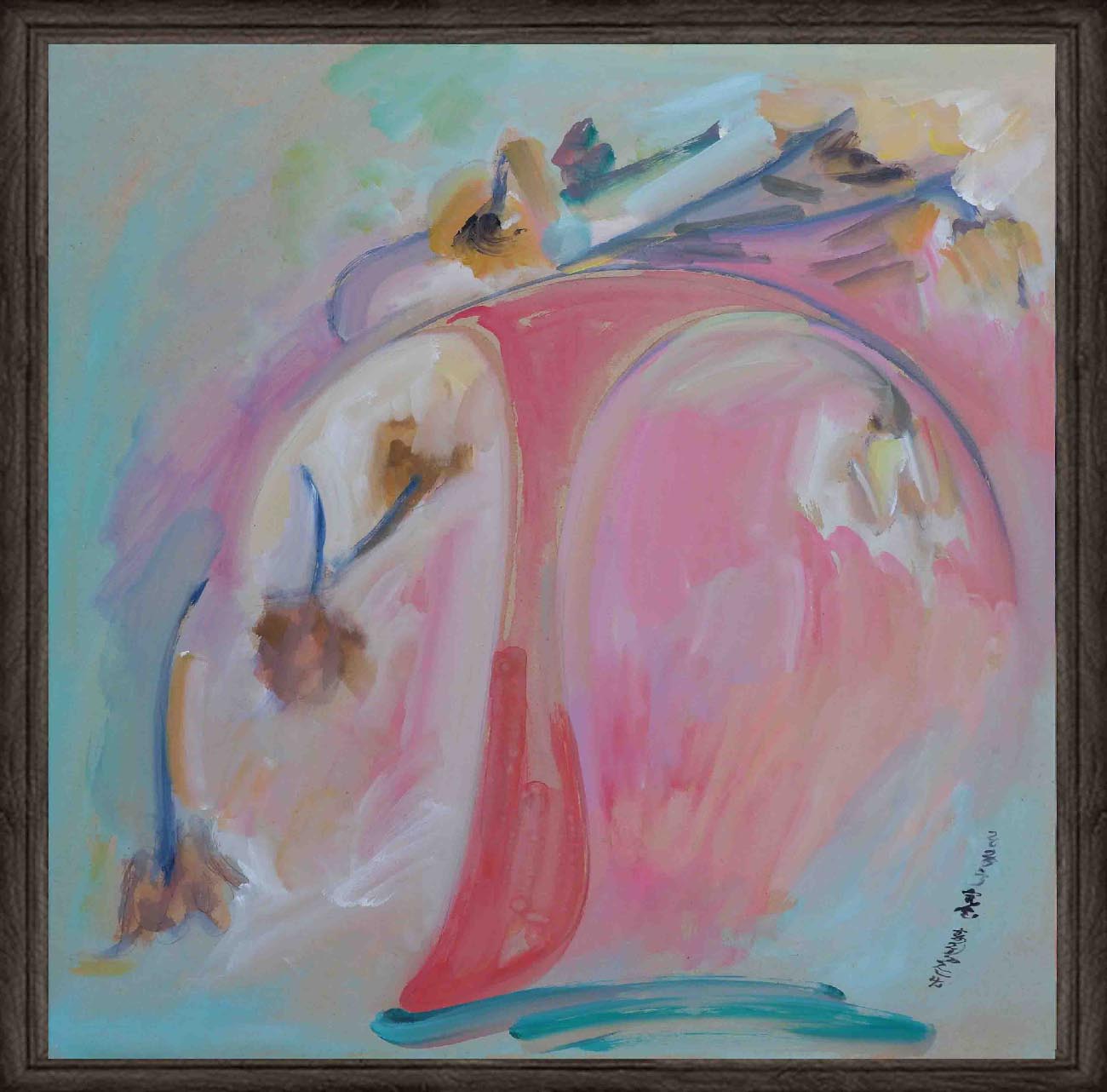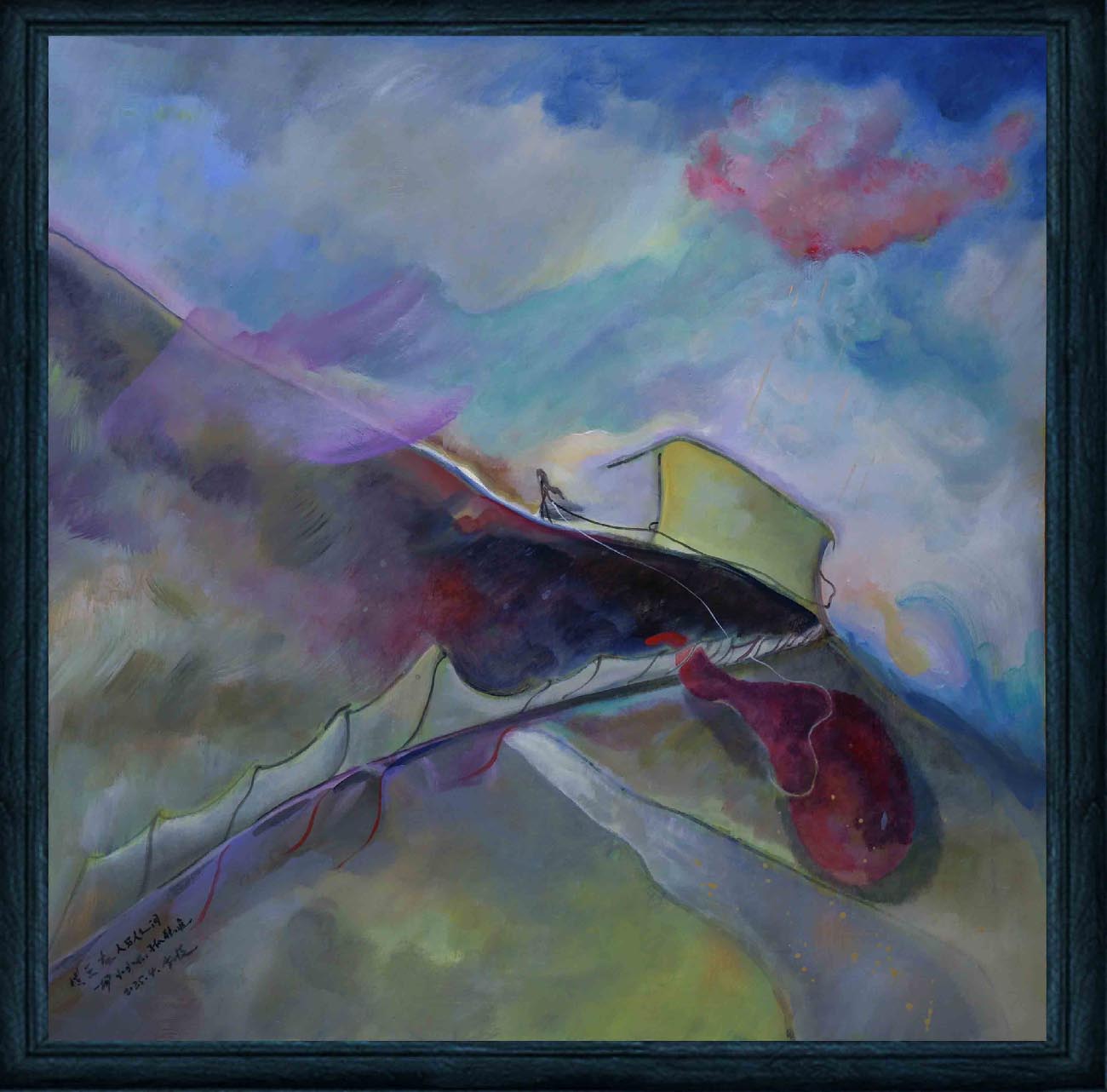In recent years, many writers have explored how contemporary oil painters navigate a dialogue between Eastern aesthetics and Western pictorial traditions. Western art often emphasises pigment, light, volume, and illusionistic depth, while Eastern traditions value brush gesture, calligraphic line, spatial void, and meditative resonance.
In today’s global art market, more collectors search phrases like “original oil painting East meets West” or “cultural fusion art”, yet few sources explain how this fusion truly works. My aim is to clarify this bridge—how Eastern and Western visual sensibilities converse through oil paint—and to show how three of my recent works, The Makeup of Desire 17, The Makeup of Desire 14, and Symptoms of Loneliness in Spring 1, embody this dialogue.

“East–West dialogue” in oil painting means more than an Asian subject rendered in oil; it’s a synthesis of two visual grammars:
The true dialogue happens in the handling of oil—where gesture meets material.

Together, these axes—surface, gesture, and engagement—form the framework through which East and West converse on canvas.

Each painting demonstrates a specific aspect of this dialogue:
Describing each work through these lenses helps collectors perceive not just “style,” but structure and philosophy—deepening understanding and trust in an online art context.
Bridging Eastern aesthetics and Western media has become a vital pursuit for global artists. Yet beyond stylistic fusion lies a structural one—gesture, material, and gaze forming a shared language. When artists articulate this dialogue clearly—both in practice and online presentation—their work gains not only visibility but resonance.
Where pigment meets silence, the dialogue truly begins.
Hi, I’m Philo, a Chinese artist passionate about blending traditional Asian art with contemporary expressions. Through Artphiloso, my artist website, I share my journey and creations—from figurative painting and figure painting to floral oil painting and painting on landscape. You'll also find ideas for home decorating with paint and more.
It’s not a matter of motifs but of method—when the tactile density of oil paint meets the breath and rhythm of Eastern brushwork. It’s a conversation between gesture and material, silence and colour.
Look beyond imagery. Notice how space is treated, how the brush leaves traces of motion, how the surface seems to breathe. These subtleties reveal whether the artist understands both traditions rather than merely combining styles.
Use clear visual language—close-up images of brushwork, concise descriptions of technique, and keywords like “East–West oil painting” or “cultural fusion art.” But above all, let the work itself speak through its rhythm and restraint.
